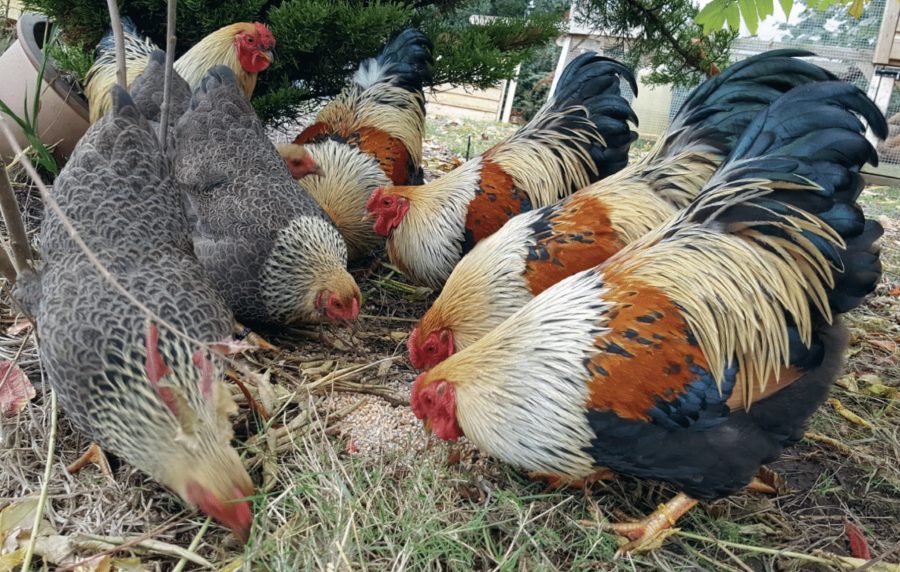Grant Brereton explores what makes a ‘strain’ when it comes to poultry…
What is a ‘strain’ of poultry? Put simply, a strain is a closed flock of chickens which are highly related to each other and reasonably consistent in their appearance, demeanour and productivity. They are ‘Pure.’ You often see stock for sale as ‘unrelated,’ but breeders and fanciers don’t care for this term, because to them, ‘unrelated’ means unpredictable. But the whole notion of a strain goes against nature, where survival comes first, including quite obviously plumage and alertness. So, undoubtedly, what we do in selecting fowl for our visual pleasure is ‘unnatural selection,’ and so comes with its pitfalls.
Whether you’ve heard of Buff Orpingtons, Rhode Island Reds or Light Sussex, like all poultry breeds, the aforementioned will have their own breed standard set out in the Poultry Club’s book of Standards. Each variety of every breed you can think of (unless non-standard) will have its own detailed requirements of what a good specimen should look like, and of course the relevant disqualifications.
And almost since the advent of poultry showing in the late 1800s, there has always been disparity between those who ‘breed to show’ and those who keep fowl for utility purposes; the exhibitors often looking down on utility strains because they don’t conform to show standards, and in response utility breeders regarding the show stock as ‘useless’ when it comes to production. But there is some common ground to be reached. Not all ‘utility’ strains of poultry produce the egg numbers they purport to, and not all exhibition strains of fowl lay less than a dozen eggs per year.
PREPOTENCY?
Can anyone really boastfully claim to having their own tried-and-tested strain of poultry these days? It’s a bold claim, and the short answer is ‘yes,’ but such breeders/devotees/obsessives are few and far between. Some breeders find it perplexing, understandably, that newcomers want to create their own strain of poultry, simply to call it ‘their own,’ and there’s a definite agreed upon saying within pure-breed poultry circles that, ‘if it aint broke then don’t try to fix it.’ There’s a naivety that comes with being new at all this, which is coming from personal experience. I used to think that if I put the cockerel from breeder A with the hens from breeder B, then the offspring (breeder C), would be a new strain. In reality, all I had done was unlock many years of selective breeding on both parts, with no plan for the next step; it couldn’t be further away from being ‘a new strain.’ A ‘new mix’ would be far more apt of a description – despite the stock produced looking good and being hardy.
It only takes visiting a poultry show or flicking through a book on pure breeds, to see that with poultry, we can select for virtually anything! It’s difficult to write about strains without mentioning the term ‘prepotency.’ In basic terms, a ‘prepotent’ specimen has many pure genes/factors locked into place and is very predictable in terms of what it will contribute to its offspring. But not all factors in chickens can be locked in, unfortunately, or certainly not in the effect we want to see them.
This article extract was taken from Practical Poultry in the January 2024 edition of The Country Smallholder. To read the article in full, you can buy the issue here.
To receive regular copies of The Country Smallholder magazine featuring more articles like this, subscribe here.
For FREE updates from the world of smallholding, sign up for The Country Smallholder newsletter here.








